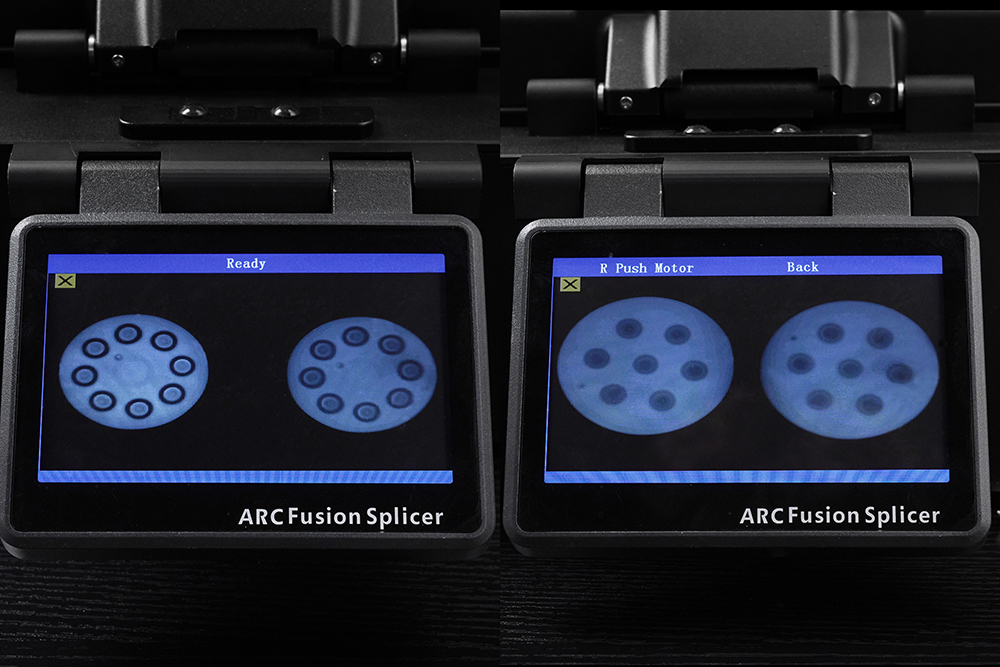Categories
Latest Blog
Multi-core Networks – The Solution to Future Fiber Bandwidth Requirement?
Introducing multi-core fibers
Multi core--Essentially this involves multiple active cores within the same fiber, meaning the external diameter remains the same but the bandwidth increases. Back in the 1990s researchers at CNET, the France Telecom research center, devised a novel way to produce a single fiber that contained more than one active core. However this unusual product was not taken seriously until the current millennium when researchers in Japan then began to model the capabilities of such a fiber.
The first multicore fibers came up against the fundamental issue of cross talk interference. This has been overcome by using heterogeneous (rather than homogeneous) designs, which gives improved performance, with minimal interference.
The capacity of multicore fibers
The latest multicore fibers now use fibers with an overall diameter of around 200 microns. However the total effective area of the fiber (the ‘cores’) is over 2% of the fiber volume compared with less than 0.5% for current G.657 fiber.
To see the real benefits we need to actually look at the bandwidth per fiber volume. If a normal, single core fiber has a capacity: volume ratio of ‘1’, a 200 micron fiber with 14 cores has a capacity: volume ratio of ‘100’. That means the multicore fiber has essentially 100 times the bandwidth density of a monocore optical fiber of the same external diameter.
The wider impact of multicore
Optical fibers have evolved gradually over the decades with the only major change being from multimode to singlemode within carrier networks. This necessitated a change in laser sources (to 1310 and 1550nm) and improvements in connector technology and in cable design.
The move to slightly larger, multicored fibers will spur an equally large growth in accessory products from in-line amplifiers and gratings to connectors and fusion splicing technology. This is potentially a far more expensive process than producing the fibers themselves and it will be the accomplishment of this transition (or not!) that will determine whether this new fiber optic technology becomes adopted globally.
Multicore fibers have photosensitive cores, allowing Fiber Bragg Grating (FBG) inscription and can be tailored to match the exact customer specifications.
Benefits & Features:
Photosensitive core for FBG inscription Suitable when reduced space is required
Custom designs possible from 4 to 12 cores
Active & rare earth doped multicore fiber on request
Applications:
Medical shape sensing
Temperature and Strain Sensors
Telecoms(data center transmission cables)
Strain sensing
SHINHO's newly developed model S-22 model is suitable for multi-core fiber's splicing, currently we have experience on splicing 7 and 8 cores. If you have need for such splicing, welcome to contact us.

© Copyright: SHINHO OPTICS LIMITED All Rights Reserved.